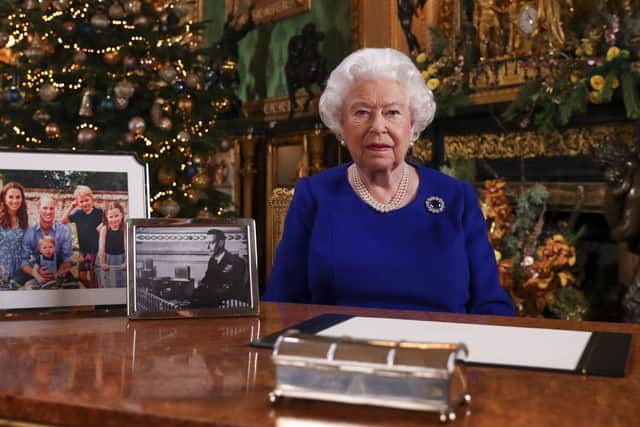The Queen was both an Anglican church worshipper and a Presbyterian denominational faith member
and live on Freeview channel 276
When at her much-loved Balmoral Castle estate on frequent visits, the Queen worshipped with family on Sunday mornings at the local rustic, highly picturesque Crathie Church of Scotland (Presbyterian) ‘Kirk’.
Her Majesty was reliably confirmed to favour a “low church” form of worship, like that at Crathie, although, because of her British monarchial status, she would have had to subscribe to the higher Christian rituals and spiritual traditions of the Anglican Communion.
Advertisement
Hide AdAdvertisement
Hide AdSignificantly, the new King Charles, like his mother when she ascended the throne in 1952, made a promise at his proclamation ceremony promising to uphold the rights of the Church of Scotland.


Reading the agreement, the new King said: “I, Charles III by the Grace of God of the United Kingdom of Great Britain and Northern Ireland and of my other realms and territories, King, Defender of the Faith, do faithfully promise and swear that I shall inviolably maintain and preserve the settlement of the true Protestant religion as established by the laws made in Scotland in prosecution of the claim of right and particularly by an Act intituled, ‘An Act for securing the Protestant religion and Presbyterian church government’ and by the Acts passed in the Parliament of both kingdoms for union of the two kingdoms, together with the government, worship, discipline, rights and privileges of the Church of Scotland. So help me God.”
The affirmation dates back to the 1600s’ Bishops’ War and Act of Union of 1707, and has been repeated by incoming British monarchs since, allowing new heads of state to assure the independence of the Church of Scotland. The Act of Union made provisions for the separation of the Presbyterian Church from the Church of England, an important part of the Scottish church’s identity.
The modern Church of Scotland (The Kirk) was founded in the 16th century Protestant Reformation by fiery Edinburgh theologian John Knox. It is the “Mother Church” of the Presbyterian Church in Ireland.
Advertisement
Hide AdAdvertisement
Hide AdThe church is Presbyterian and has a strong level of independence and non-conformity, believing, like the Irish Presbyterian church, that only Jesus Christ is the “King and Head of the Church”. There is not a “supreme” church leader, with the day-to-day running of the Church of Scotland left to the General Assembly in Edinburgh and its moderator.
Scotland and England have shared the same monarch since 1603 when James VI of Scotland (I of England) inherited the English throne after the death of Elizabeth.